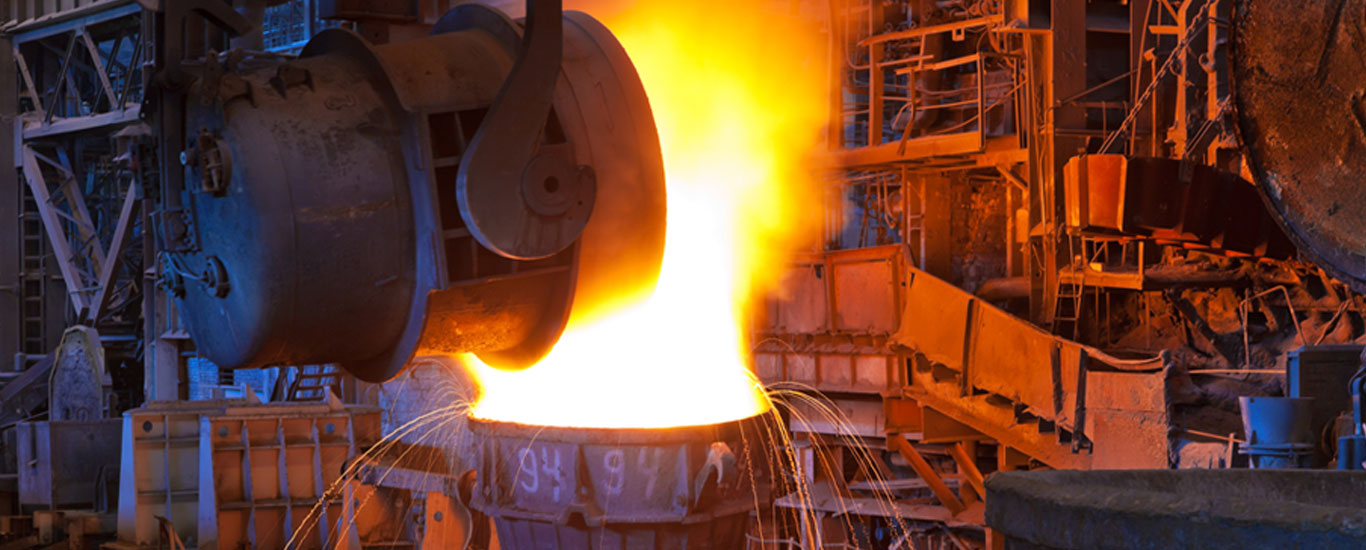
Iron Making
方案概述
Blast furnace contributes approximately 70% of the global iron production. Typically a countercurrent exchange process occurs in the furnace in the form of down-flowing ore, coke and flux in contact with up-flowing hot blast. Molten iron and slag is then tapped at the base of the furnace. The blast furnace gas exiting from the top of the furnace, after cleaning, can be used as a fuel that usually enriched with coke oven gas or natural gas.
Direct reduction Iron (DRI) offers an alternative route of iron making. Iron ore is reduced in solid state at 800-1050 °C either by reducing gas or coal. The exhaust gas exiting from the top is likewise cleaned through an electrostatic precipitator (ESP) or gas scrubber.
Direct reduction Iron (DRI) offers an alternative route of iron making. Iron ore is reduced in solid state at 800-1050 °C either by reducing gas or coal. The exhaust gas exiting from the top is likewise cleaned through an electrostatic precipitator (ESP) or gas scrubber.
方案构成
Critical Control of Process Gas
Blast furnace gas: The gas produced in blast furnace mainly contains carbon monoxide(CO), carbon dioxide(CO2), oxygen(O2) and hydrogen(H2). Controlling combustion efficiency in the furnace and keeping safe operation of the bag filter needs a continuous monitoring of above gases.
Hot blast stove flue gas: Real-time monitoring of carbon monoxide(CO) in the flue gas ensures safe operation of the stove.
FPI's Solution
The non-contact laser and sensor of the LGA combined with continuous purge results in virtually maintenance free. High-speed response (down to 1s) of the in-situ analyzer highlights its reliability for safety control. Locating gas monitors downstream of the bag filter not only measures constituents of the blast furnace gas, but also detects possible leak of the bag filter. Besides, FPI offers 'CO+CO2' combination measurement in single analyzer further to reduce ownership cost.
Blast furnace gas: The gas produced in blast furnace mainly contains carbon monoxide(CO), carbon dioxide(CO2), oxygen(O2) and hydrogen(H2). Controlling combustion efficiency in the furnace and keeping safe operation of the bag filter needs a continuous monitoring of above gases.
Hot blast stove flue gas: Real-time monitoring of carbon monoxide(CO) in the flue gas ensures safe operation of the stove.
FPI's Solution
The non-contact laser and sensor of the LGA combined with continuous purge results in virtually maintenance free. High-speed response (down to 1s) of the in-situ analyzer highlights its reliability for safety control. Locating gas monitors downstream of the bag filter not only measures constituents of the blast furnace gas, but also detects possible leak of the bag filter. Besides, FPI offers 'CO+CO2' combination measurement in single analyzer further to reduce ownership cost.

















